Comparison of 13 European ESG labels
Analysis of 13 European ESG labels: objectives, evaluation criteria, level of stringency, and institutional recognition.
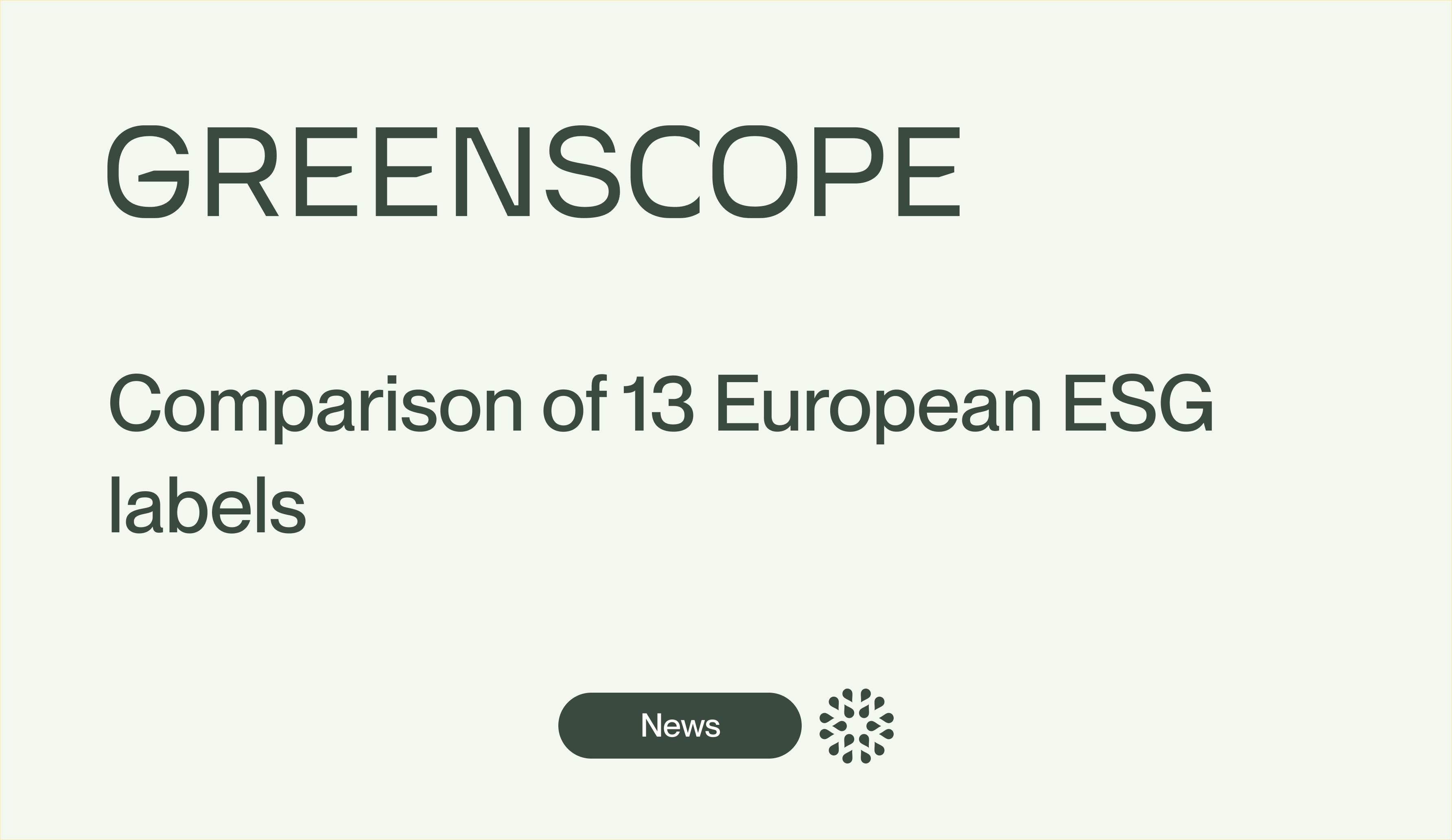
ESG labels are certifications awarded to companies, products, or services that meet specific criteria in environmental, social, and governance areas. They play a crucial role in ensuring transparency in sustainable practices and enhancing the concrete commitments of organizations. The diversity of ESG labels in Europe reflects a multitude of approaches to sustainability, but this variety also leads to a lack of harmonization that can complicate readability and comparability for businesses and investors. Thus, this article seeks to help you navigate the different European ESG labels and shed light on their differences and similarities. The 13 certifications in this article do not all have the same scope: some are more global (B Corp, Label ISR, etc.), while others are targeted (e.g., ISO 14001 for environment, Great Place to Work for employee satisfaction).
What is an ESG label and how to obtain one?
ESG labels and their importance
An ESG label is a certification indicating that a company, fund, or product meets ESG criteria.
The primary underlying purpose of labeling is to provide transparency to investors and consumers regarding the sustainable commitment of an economic entity.
There are nearly as many types of labeling as there are sectors: finance, industry, retail, energy, agri-food, and tech. These different ESG labels thus certify companies, investment funds, or financial products.
However, the proportion of labeled economic actors is still low: only 400 European investment funds have obtained a sustainable finance label out of nearly 60,000. They represent 1% of all assets managed in Europe. But everything suggests they will grow.
How to obtain an ESG label?
Obtaining an ESG label involves several key steps aimed at ensuring that investments or companies meet stringent environmental, social, and governance criteria. Here are the main steps in a labeling process:
- Select the appropriate label: we detail in the following sections the different labels with their criteria and requirements
- Submit an application file: this file must detail the ESG policy implemented, the ESG selection and evaluation methods applied to the investments of financial actors, or to the company's operations, the organization's commitments and objectives regarding ESG, etc.
- Undergo an external audit: in most cases, obtaining an ESG label requires an external audit conducted by an independent organization. Its purpose is to verify compliance, ensure transparency, and credibility. To learn more about these ESG audits, we invite you to read our article on this topic
- Obtain and maintain the certification: if the external ESG audit is successful, the label is generally awarded for a limited period (often 1 to 3 years). But its maintenance also depends on transparent communication on the progress made and the ESG actions implemented via the ESG reporting. This reporting is detailed in our dedicated article
Six European ESG labels for investment funds
The ISR label (France)
- Objectives and scope: created in 2016, the ISR Label aims to make socially responsible investment products more visible. It covers a wide range of funds, including various asset classes
- Evaluation criteria: candidate funds must demonstrate a rating methodology for companies on ESG aspects in the selection of their portfolio companies
- Level of rigor: obtaining the ISR Label requires an evaluation by an accredited independent body, such as AFNOR. Funds must provide detailed evidence of their investment methodology
- Recognition by authorities: the ISR Label is officially supported by the French government, which enhances its credibility and recognition in the European market
The Greenfin label
- Objectives and scope: launched in 2015 during COP21, it is dedicated to promoting the energy and ecological transition. It specifically targets investment funds and ensures that the companies selected by them contribute to the ecological and energy transition
- Evaluation criteria: funds must invest in activities positively contributing to the ecological transition, complying with a framework of eight defined sectors. Investments in fossil and nuclear energies are strictly excluded. To be labeled, the fund must also have a process for managing ESG controversies and measure its environmental impact
- Level of rigor: audits are conducted to verify the accuracy of the funds' data
- Recognition by authorities: it is the first state label dedicated to green finance and was launched at the same time as COP21. It aims to better prepare for the European classification system
The LuxFLAG label
- Objective and scope: The Luxembourg Finance Labelling Agency (LuxFLAG) offers several labels, including the LuxFLAG ESG Label, aimed at certifying funds that integrate ESG criteria into their investment process. This label is available to funds domiciled in Luxembourg and internationally
- Evaluation criteria: Funds must prove that 100% of their assets are subject to a rigorous ESG analysis. LuxFLAG requires full transparency regarding investments and the regular publication of detailed reports
- Level of strictness: LuxFLAG applies a strict certification process, including an independent evaluation of the ESG policies of the funds and periodic audits to ensure the required standards are maintained
- Recognition by authorities: Although LuxFLAG is a private initiative, it is supported by the Luxembourg government and other financial institutions, giving it notable recognition in the European financial industry
FNG-Siegel
- Objective and scope: created in 2015 by Germany, Austria, and Switzerland
- Evaluation criteria: its methodology is based on a minimum standard, particularly on criteria of transparency, consideration of human and labor rights, environmental protection in accordance with the United Nations Global Compact
- Level of strictness: there is a strict exclusion policy on a number of sectors (coal or arms, for example). A comprehensive ESG analysis of the entire portfolio is required
- Recognition by the authorities: The FNG-Siegel is recognized in German-speaking countries and is supported by local institutions, enhancing its credibility among investors in this region
Nordic Swan Ecolabel
- Objective and scope: This is the ESG label of the Nordic countries. It aims to promote environmentally friendly products and services, including investment funds. Since 2017, this label has been awarded to funds that integrate strict sustainability criteria in their management
- Evaluation criteria: there are four main requirements including the exclusion of investments in sectors deemed non-sustainable such as coal, oil, or nuclear, and transparency with the publication of all portfolio holdings with an annual report
- Level of strictness: funds must demonstrate their compliance with independent audits to verify continued compliance with the requirements as well as through regular reports
- Recognition by the authorities: solid credibility in the Nordic countries region
EU Ecolabel
- Objective and scope: the European ecolabel is a label from the European Union, whose goal is to encourage products and services with a reduced environmental impact throughout their life cycle. Although traditionally associated with consumer goods, the EU Ecolabel is being extended to include retail financial products, such as investment funds, to guide savers towards more sustainable investment options
- Evaluation criteria: the criteria are green investment thresholds, an exclusion of sectors with a negative environmental impact, and transparency in the portfolio composition
- Level of rigor: there are strict criteria to ensure that only truly sustainable products receive certification and independent audits
- Recognition by the authorities: as an initiative of the European Commission, the EU Ecolabel enjoys official recognition across all EU member states. This aims to harmonize sustainability standards
Four European ESG labels and certifications for companies and organizations
B Corp
- Objectives and scope: The B Corp (Benefit Corporation) label is an international certification that distinguishes companies committed to a sustainable and inclusive economic model. It evaluates not only environmental and social performance but also corporate governance and transparency. Created in 2006 by the nonprofit organization B Lab, this label is awarded to companies demonstrating a positive impact on society
- Evaluation criteria: achieve a minimum score of 80/200 in the BIA impact assessment, amend its legal statutes, and undergo an in-depth audit by B Lab
- Level of rigor and recognition: B Corp is recognized worldwide and targets companies of all sizes and sectors. In Europe, several large companies and SMEs have received this certification, such as Patagonia, Innocent, and Danone for some of its subsidiaries
EcoVadis
- Objectives and scope: EcoVadis is a CSR (Corporate Social Responsibility) performance assessment platform that assigns an ESG rating to companies. It is mainly used by large companies to evaluate the sustainability of their suppliers and partners in the supply chain. More than 100,000 companies worldwide have been evaluated by EcoVadis
- Evaluation criteria: EcoVadis uses a rating grid based on 21 ESG criteria grouped into four main themes: Environment, Social and Human Rights, Business Ethics, and Responsible Purchasing. The evaluation results in a score out of 100 with a medal (Bronze, Silver, Gold, Platinum) awarded to the best-rated companies
- Level of rigor and recognition: known for its rigor and transparency, the Ecovadis rating is often used by multinationals (such as L’Oréal or Schneider Electric) to select their partners based on their ESG commitment
Great Place to Work
- Objectives and scope: Great Place to Work is an international certification aimed at assessing the level of employee satisfaction and the quality of their experience within an organization. It is present in over 60 countries
- Evaluation criteria: the evaluation is based on two elements: an anonymous employee survey and an audit of the company’s HR practices. To obtain certification, a company must achieve a minimum score based on employee feedback and demonstrate tangible commitments to improving the quality of life at work
- Level of rigor and recognition: Great Place to Work is globally recognized and is often used by companies to enhance their employer brand. In Europe, companies like Salesforce and Decathlon are regularly among the certified organizations
EMAS (the Environmental Management and Audit Scheme)
- Objectives and scope: it is a European certification aimed at encouraging organizations to evaluate, improve, and report on their environmental performance. It is intended for all organizations, whether public or private, wishing to go beyond legal obligations in environmental management
- Evaluation criteria: EMAS provides six indicators covering areas such as energy efficiency, biodiversity, and water consumption
- Level of rigor and recognition: the organization must demonstrate that it has adopted a strategy addressing the main environmental issues, conduct an audit, and have an environmental statement validated by an accredited verifier
Three European labels and standards focused on the environment
ISO 14001
- Objectives and scope: It provides a normative framework enabling companies to improve their environmental performance. It is a structured approach in continuous improvement that enhances reputation and trust. It focuses on the Environmental Management System (EMS)
- Evaluation criteria: this framework encompasses various aspects such as resource use and waste management, environmental performance monitoring, stakeholder involvement, etc. The goal is to integrate ecological issues into the company's decision-making and operational processes
- Level of rigor and recognition: it is a standard recognized internationally. Certified organizations are generally subject to annual surveillance audits and a recertification audit every three years
FSC (Forest Stewardship Council)
- Objectives and scope: FSC promotes environmentally appropriate forest management, socially beneficial and economically viable. This label not only guarantees the protection of forest ecosystems but also ensures the rights of workers and local communities
- Evaluation criteria: FSC international members have developed 10 principles that must be applied and verified in the forest to obtain certification. Among these principles are respect for laws, workers' rights, indigenous peoples' rights, preservation of environmental values, and monitoring of ecological impacts
- Level of rigor and recognition: to obtain FSC certification, a company must contact an accredited certification body and pass an initial audit. Once the certificate is obtained, the company is subject to annual checks to ensure ongoing compliance. This label enjoys strong international recognition and is supported by many environmental NGOs, with over 33,000 companies labeled
European Ecolabel
- Objectives and scope: it certifies products and services with a low environmental footprint throughout their life cycle — from the extraction of raw materials to production, distribution, and end of life
- Assessment criteria: Specific criteria vary according to product and service categories (textile, cleaning products, tourist accommodations, etc.), but they generally include the reduction of water, air, and soil pollution, energy efficiency, the use of renewable resources, and waste management. Each criterion is based on scientific evaluation and public consultation
- Level of rigor and recognition: the company must apply to a certifying body designated by national authorities. After a thorough evaluation and audit, the label is granted for five years, with regular checks to verify compliance. This label is recognized throughout the European Union and is supported by public authorities and consumers
Compliance with ESG criteria to obtain a label
To obtain an ESG label, compliance with environmental, social, and governance criteria is essential. Companies must demonstrate their commitment to reducing their ecological impact, promote fair and transparent working conditions, and adopt responsible governance. For more information, an article is dedicated to ESG criteria on our site.
Thus, each label applies a specific assessment grid, often accompanied by internal or external audits, to verify compliance with established standards. In-depth analysis of data and ESG criteria allows for measuring progress made and identifying areas for improvement. For an in-depth analysis, ESG software is available to facilitate this analysis.
Continuous adherence to these criteria is crucial not only for obtaining the label but also for renewing the certification and maintaining the trust of stakeholders.
Do you want to know more about ESG labels and how to obtain them? Do not hesitate to contact us for personalized support and discover how to integrate these labels into your sustainability strategy.
Our latest articles
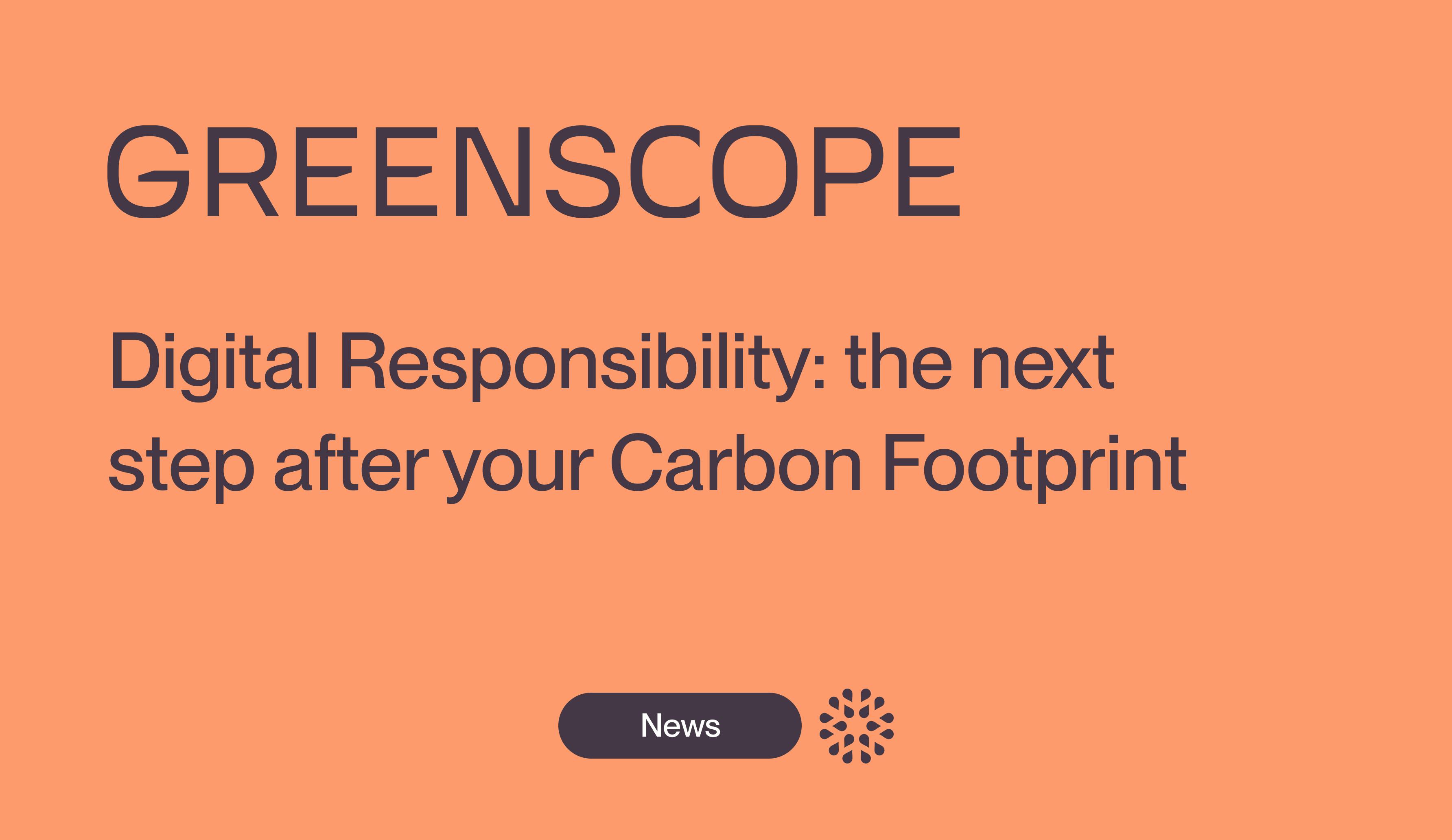
Responsible Digital: the next step after your Carbon Footprint assessment
Understand the importance of implementing a responsible digital approach after completing your carbon footprint assessment
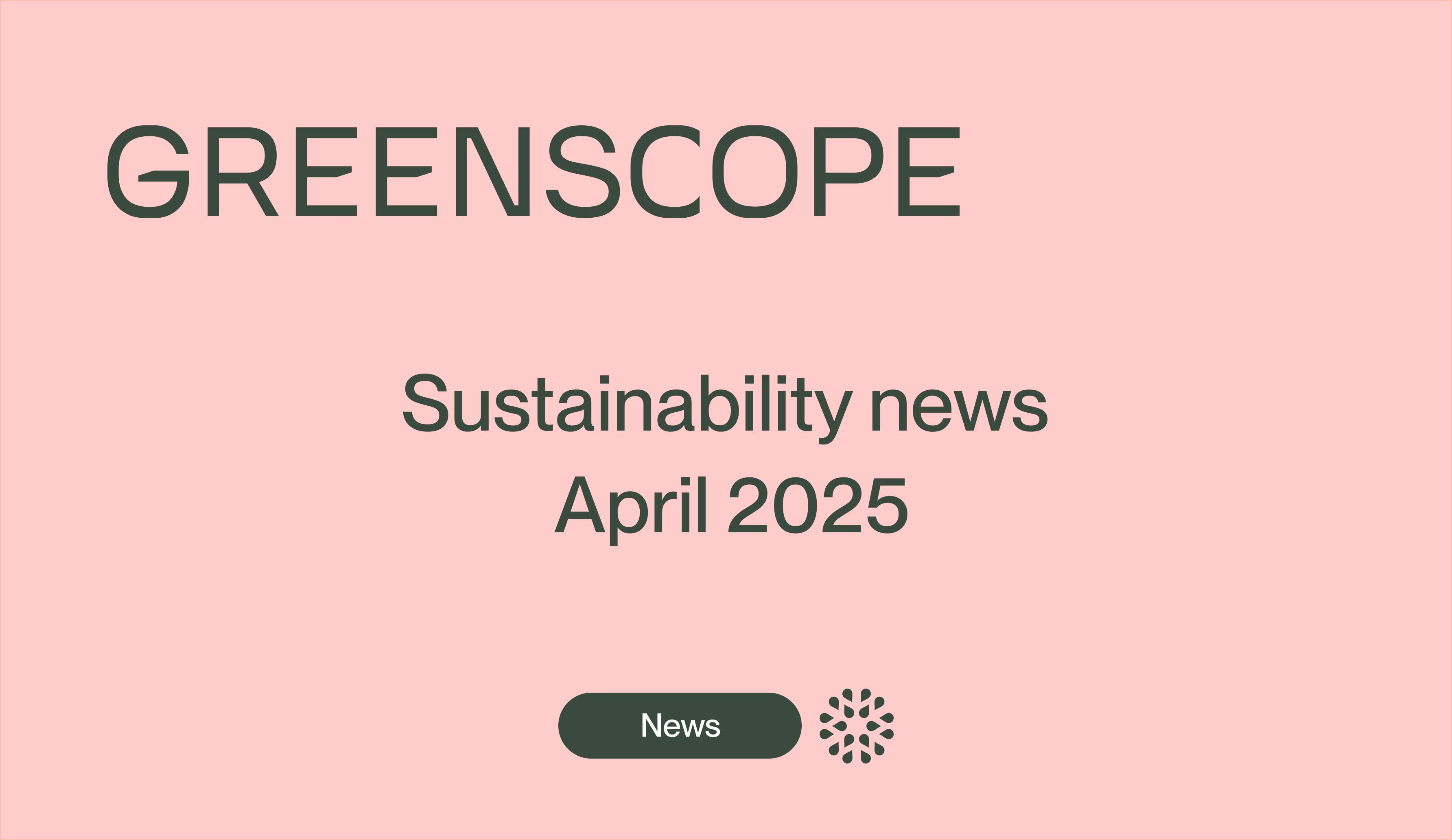
CSR News - April 2025
Discover the key developments: ongoing projects, standards updates, new official documents.
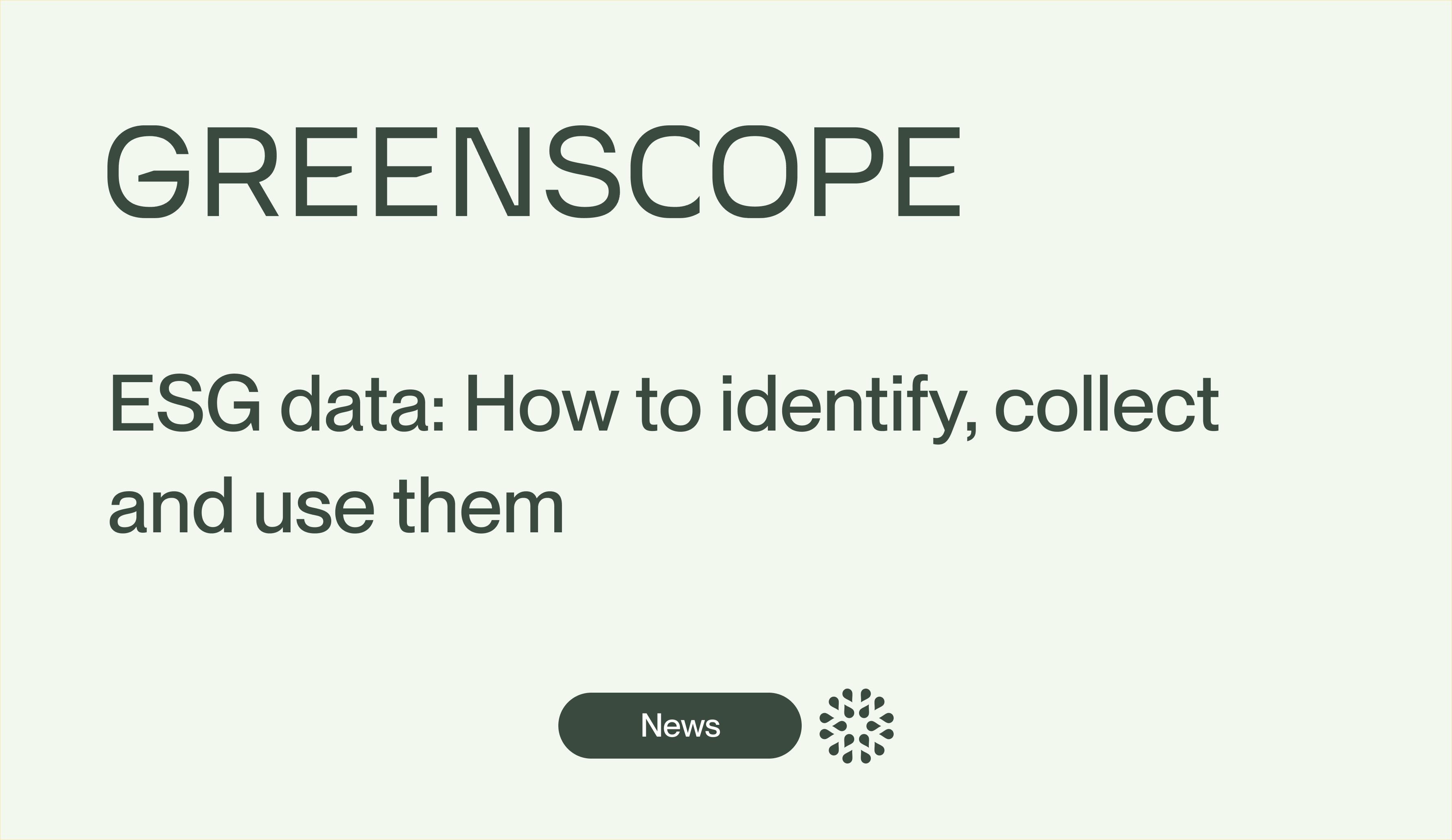
ESG Data: How to identify, collect, and use them
Learn how to structure your ESG data to better drive your commitments and enhance your sustainable performance
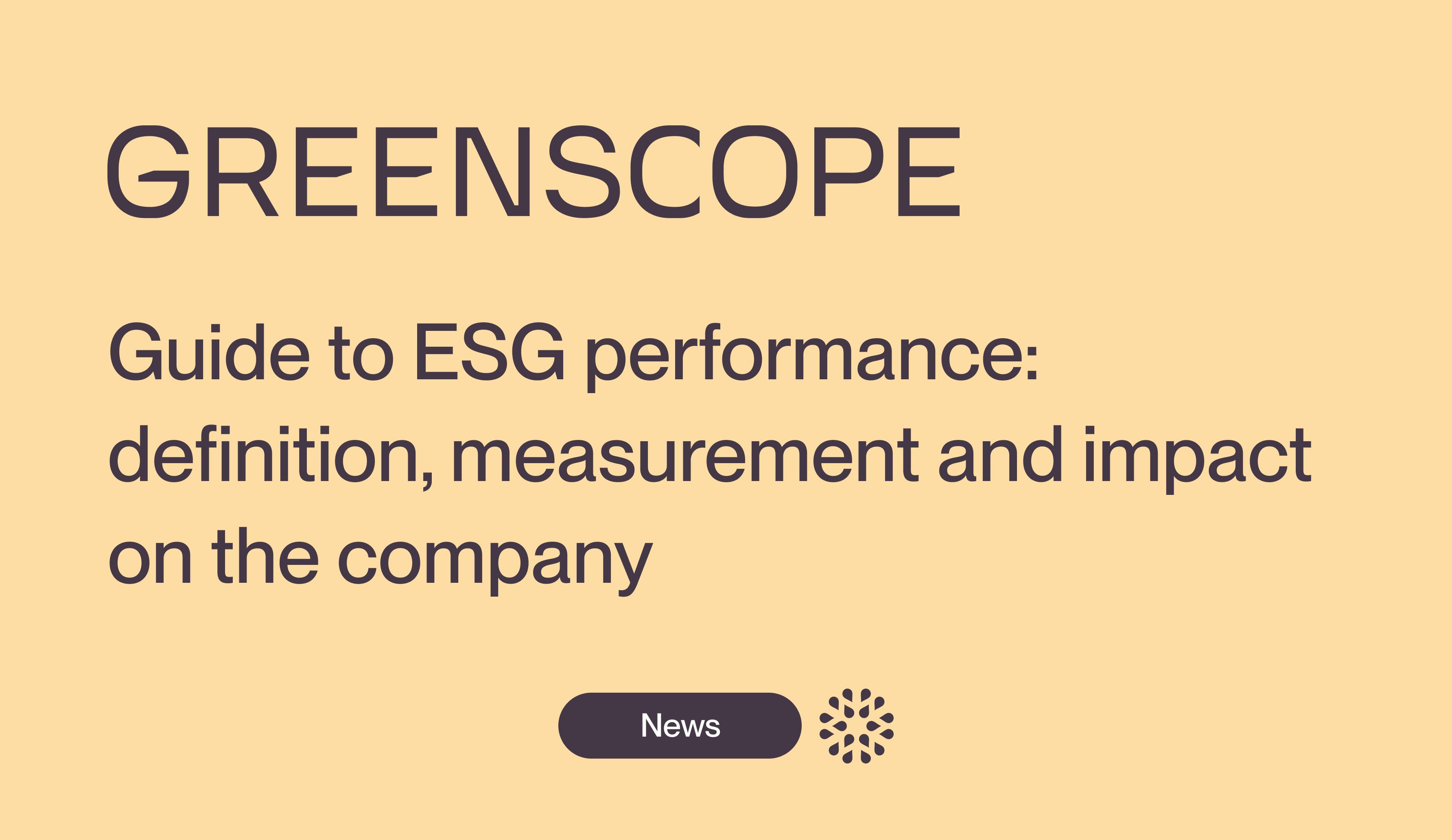
Guide on ESG performance: definition, measurement, and impact on business
ESG performance, a driving force for responsible growth: follow our guide to understand everything in just a few minutes



